41 homogeneous mixture particle diagram
Which of the following particle diagrams represent/s a homogeneous mixture? Click on the letters A-E to make your selection. Do not click on the diagram. ... Remove All O Targets placed: 0/6 You can place up to 6 targets 2. Fullscreen ; Question: Which of the following particle diagrams represent/s a homogeneous mixture? Click on the letters A ... 2. The diagram above represents a mixture of NO 2(g) and N 2O 4(g) in a 1.0 L container at a given temperature. The two gases are in equilibrium according to the equation 2 NO 2(g) N 2O 4(g) Which of the following must be true about the value of the equilibrium constant for the reaction at this temperature? (A) K = 0 (B) 0 < K < 1 (C) K = 1
16.) Draw a particle diagram for each of the following below. Then give an example for each. pure diatomic pure diatomic mixture of mixture of mixture of two element compound two elements an element & diatomic elements a compound & a compound 1.
Homogeneous mixture particle diagram
Science; Chemistry; Chemistry questions and answers; Unit 3 Video A Assignment Homework . Due in 3 days 0/3 answered Which of the following particle diagrams represent/s a homogeneous mixture? HOMOGENEOUS and HETEROGENEOUS MIXTURES Composition is variable. Composition is in fixed proportions. Substances Elements : made of ONE TYPE of atom with their own unique ... Mixture of compounds PARTICLE DIAGRAMS • Please label each of the following as a substance or a mixture Particle filters, or sequential Monte Carlo methods, are a set of Monte Carlo algorithms used to solve filtering problems arising in signal processing and Bayesian statistical inference.The filtering problem consists of estimating the internal states in dynamical systems when partial observations are made, and random perturbations are present in the sensors as well as in the dynamical …
Homogeneous mixture particle diagram. The mixture is homogeneous and cannot be separated by filtration. Which particle diagram represents a mixture of an element and a compound? https://goo.gl/asBj4g We can draw particle diagrams of these three compounds as follows: H2O CO2 NaCl Compounds are made up of molecules (a specific ratio of chemically combined atoms). A mixture is a blend (physical change) of two or more substances. Homogeneous Mixtures are uniform throughout A phase can be defined as a homogeneous portion of a system that has uniform physical and chemical characteristics i.e. it is a physically distinct from other phases, chemically homogeneous and mechanically separable portion of a system. A component can exist in many phases. E.g.: Water exists as ice, liquid water, and water vapor. Carbon exists as graphite and … Table 1: Comparison of main advantages/disadvantages of homogeneous vs. heterogeneous catalysts. As exemplified in Figure 3 for a cubooctahedron f.c.c. metal particle, not only the nature of the catalyst, i.e. chemical composition, plays a role in defining the properties of the
09.03.2003 · You can use particle models/diagrams to differentiate among elements, compounds, and mixtures. 2. The proportions of components in a mixture can be varied. Each component in a mixture retains its original properties. Differences in properties such as density, particle size, molecular polarity, boiling point and freezing point, and solubility permit physical … DESCRIPTION PARTICLE DIAGRAM 1. ELEMENT 2. COMPOUND 3. MIXTURE OF ELEMENTS 4. MIXTURE OF COMPOUNDS 5. MIXTURE OF ELEMENTS AND COMPOUNDS Match the particle diagrams above with the correct description. Remembereach shape represents a different element Examples of mixtures are sea water, air, powdered iron, powdered sulfur, and most rocks. Mixtures can be separated more easily than compounds. There are many different methods of separating mixtures depending on the properties of the substances in the mixture and whether it is a heterogeneous mixture or a homogeneous mixture like a solution. 25.10.2016 · Fluid Phase Behavior: Pressure-Temperature Diagram (P-T Diagram) ... (Figure 5‑4.b). No binary mixture can exist as a two-phase system outside the region bounded by the locus of critical points. Figure 5-4: (a) Phase Diagram of Ethane-normal Heptane [1], (b) Critical Loci for Binary Mixture. Extracted data from the graphs such as Figure 5‑4 indicate conditions …
diagram may exist which unifies the microstructure-composition relationship across a diverse variety o f liquid/fluid/particle mixtures. In previous publications, we have used the idea of a state diagram to guide experiments.10-12 Nonomura and Kobayashi13 have used the same motif to represent results of phase inversion Summary. In this animation, students will become familiar with definitions and examples of several broad classifications of matter, including pure substances (elements and compounds) and mixtures (homogeneous and heterogeneous). Students will be given real-life examples as well as particle diagrams. A heterogeneous mixture is a type of mixture that allows the components to be seen as two or more phases are present. A mixture is an example of water. Water is a homogeneous mixture of nitrogen, oxygen and smaller amounts of other compounds in the gaseous materials. Stay tuned with BYJU'S to learn more interesting topics in Chemistry. Classify each as a homogeneous mixture or heterogeneous mixture, or an element or compound (pure substance). a. water b. gold ... Label the arrows on the diagram below with the correct phase change processes. B) Draw a particle diagram representing each phase. Solid Liquid Gas . Title: CHEMISTRY I Author: George Flatau ...
Part 3: Draw Particle Diagrams. Draw a particle diagram representing the type of matter described below each box.Your diagrams must be different from the ones provided in part 2. 1. Mixture of elements and compounds.
The diagrams above use arrows to represent the speed of a gas particle. Which of the diagrams best represents the speed of the particles of a gas at a fixed temperature, and why? Diagram 2, because the particles have a variety of different speeds. ... When methanol and water are mixed together, they form a homogeneous mixture. Based on the ...
2013, High School Chemistry. Standard: 1.2 - Explain the difference between pure substances (elements and compounds) and mixtures. Differentiate between heterogeneous and homogeneous mixtures. Particle models of four different types of matter are shown in the diagram below. Identify which of the four models best represents a pure compound.
heterogeneous mixture homogeneous mixture law of constant composition matter molecule Introduction Matter is anything that has mass and volume. The entire universe is composed of matter, which is in turn composed of atoms. An atom is the basic building block of all matter. All matter in the universe, from a teaspoon of salt to the Pacific Ocean ...
Homogeneous and Heterogeneous Mixtures [classic] Use Creately’s easy online diagram editor to edit this diagram, collaborate with others and export results to multiple image formats. You can edit this template and create your own diagram. Creately diagrams can be exported and added to Word, PPT (powerpoint), Excel, Visio or any other document.
HOMOGENEOUS MIXTURE: • Substances are uniformly mixed • All solutions are homogeneous mixtures Example: Salt water NaCl (aq) ... substances and mixtures PARTICLE DIAGRAMS • Show how the forms of matter look in a simple diagram form TYPES OF PARTICLE DIAGRAMS ELEMENTS- MONATOMIC
4. wet vapor (saturated liquid-vapor mixture) 5. superheated vapor The Vapor Dome • general shape of a P −v diagram for a pure substance is similar to that of a T −v diagram v critical point v fg subcooled liquid saturated liquid line L+G v f g P P (T) sat saturated vapor line gas (vapor) two-phase region (saturated liquid & saturated ...
Particle size distinguishes homogeneous solutions from other heterogeneous mixtures. Solutions have particles which are the size of atoms or molecules - too small to be seen. A colloid is a homogeneous solution with intermediate particle size between a solution and a suspension.
23.06.2021 · The particle intensity remained relatively constant and homogeneous at the beginning of the delithiation and during the sharp increase in …
1. Location of particle retention The particles can be separated on the outer surface of the filter medium (surface filtra-tion, cake filtration) or inside of the filter medium (depth filtration, deep bed filtration) 2. Generation of the pressure difference Pressure filtration, vacuum filtration, gravity filtration, centrifugal ...
48 Given the particle diagram: Which type of matter is represented by the particle diagram? (1) an element (2) a compound (3) a homogeneous mixture (4) a heterogeneous mixture. 2 : compounds 2 or more different elements chemically combined : 49 Which substance is an electrolyte? (1) O 2 (2) Xe (3) C 3 H 8 (4) KNO 3: 4 : look for an acid, base ...
and Particle Diagrams Aim: To represent the different forms of matter using ... SUBSTANCES ELEMENTS and COMPOUNDS HOMOGENEOUS and HETEROGENEOUS MIXTURES Composition is variable. Composition is in fixed proportions. Diatomic Element-Found only combined in nature with itself. ... Mixture of 2 binary compounds Particle Diagrams One type of binary ...
4. Just by looking at a sample of matter in real life (not a particle diagram), would you be able to tell the difference between a homogeneous mixture and a compound? Why or why not? 5. Just by looking at a sample of matter in real life (not a particle diagram), would you be able to tell the difference between a heterogeneous mixture and an ...
Chemistry Q&A Library 29) Which particle diagram above bestrepresents a mixture of compounds? A) A D) D C) C 30) The particle diagram below represents a sample of matter. Which best describes the composition of the sample? A) a mixture of elements a mixture of compounds D) a single element B) a single compound 31) Mixtures are defined as A) combinations of compounds and/or elements B) always ...
A mixture is a material made up of two or more different substances which are mixed but are not combined chemically. A mixture refers to the physical combination of two or more substances in which the identities are retained. Particle diagrams can also show different KINDS of mixtures: homogeneous & heterogeneous. Box A has a
represented using particle diagrams. •A particle diagram is a box in which coloured balls are draw to represent atoms or molecules. •These diagrams can represent elements and compounds, as well as their molecular composition by the types of balls and how they are connected. Element Compound Mixture of an Element and Compound
Cahn-Hilliard model for spinodal decomposition. Free energies in the presence of small amplitude fluctuations, e.g. in concentration, can be evaluated using an approximation introduced by Ginzburg and Landau to describe magnetic field gradients in superconductors. This approach allows one to approximate the free energy as an expansion in terms of the concentration …
Particle filters, or sequential Monte Carlo methods, are a set of Monte Carlo algorithms used to solve filtering problems arising in signal processing and Bayesian statistical inference.The filtering problem consists of estimating the internal states in dynamical systems when partial observations are made, and random perturbations are present in the sensors as well as in the dynamical …
HOMOGENEOUS and HETEROGENEOUS MIXTURES Composition is variable. Composition is in fixed proportions. Substances Elements : made of ONE TYPE of atom with their own unique ... Mixture of compounds PARTICLE DIAGRAMS • Please label each of the following as a substance or a mixture
Science; Chemistry; Chemistry questions and answers; Unit 3 Video A Assignment Homework . Due in 3 days 0/3 answered Which of the following particle diagrams represent/s a homogeneous mixture?
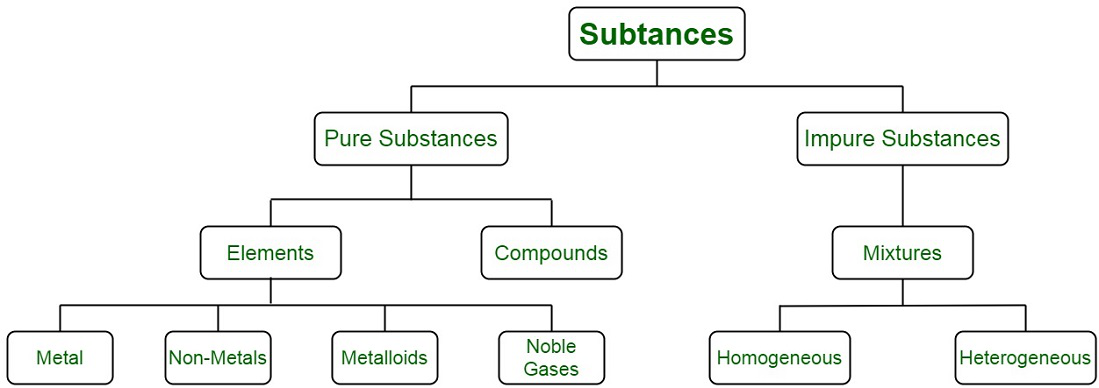





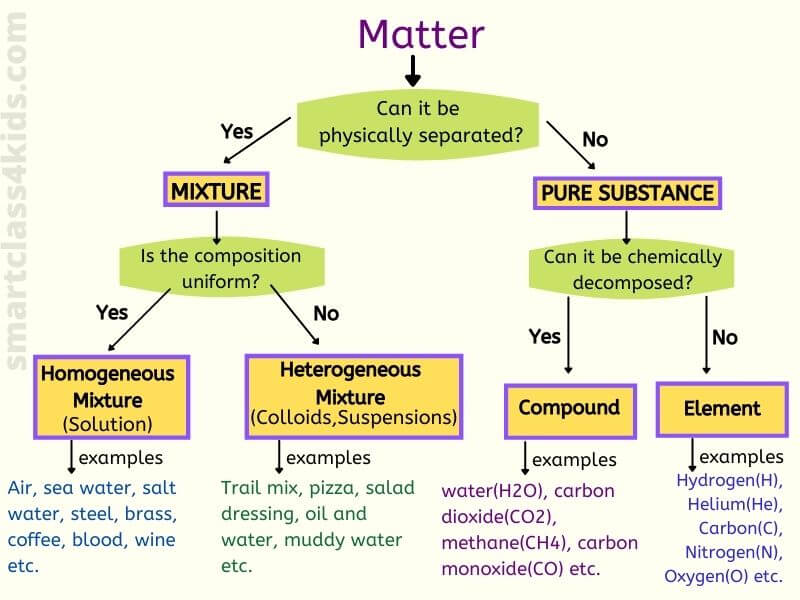


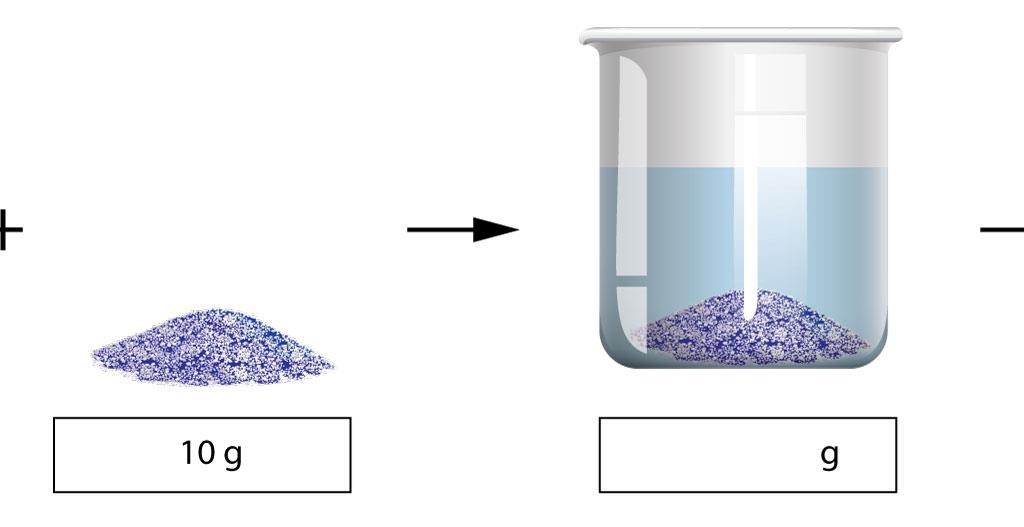


![Expert Verified] Given the particle diagram: Which type of ...](https://us-static.z-dn.net/files/d02/8b400fe7b9246289462128ce2fe1a357.png)



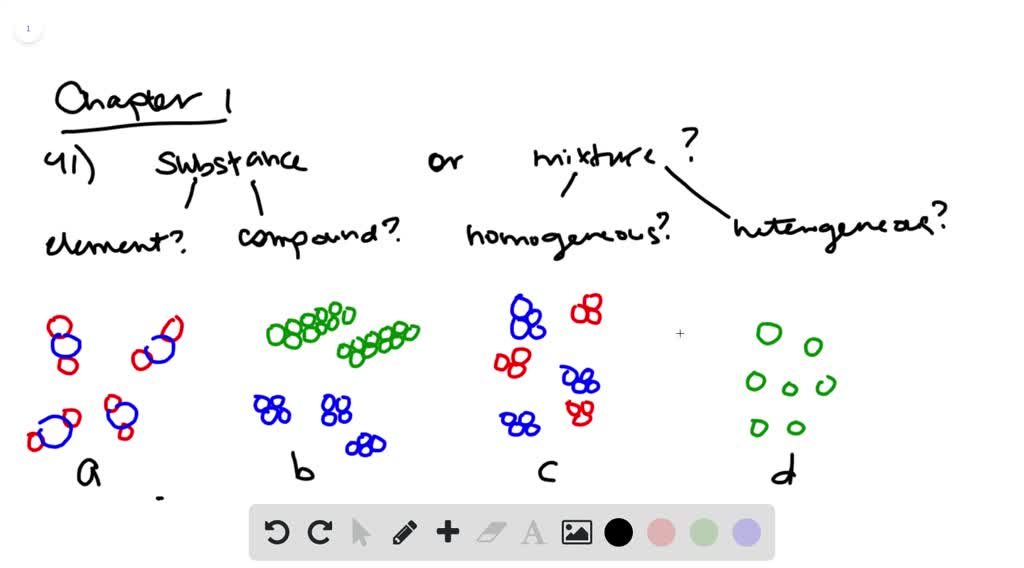
![SOLVED] A mixture is formed as a result of- - Self Study 365](https://storage.googleapis.com/tb-img/production/20/09/F1_Utkarsh_4.9.20_Pallavi_D1.png)

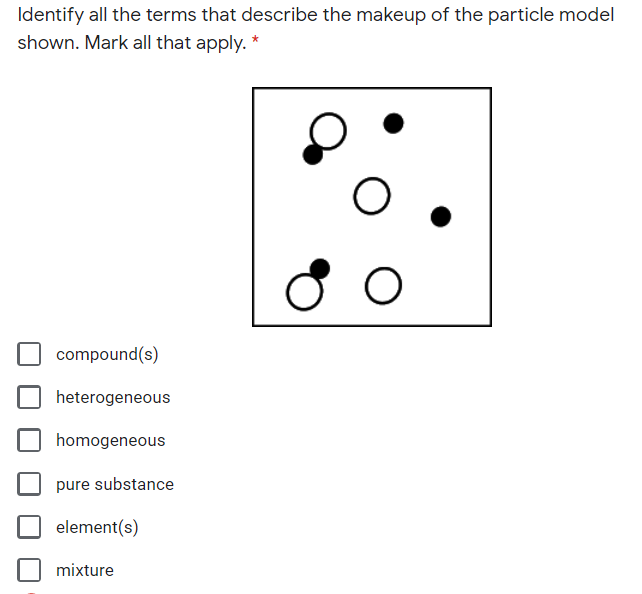
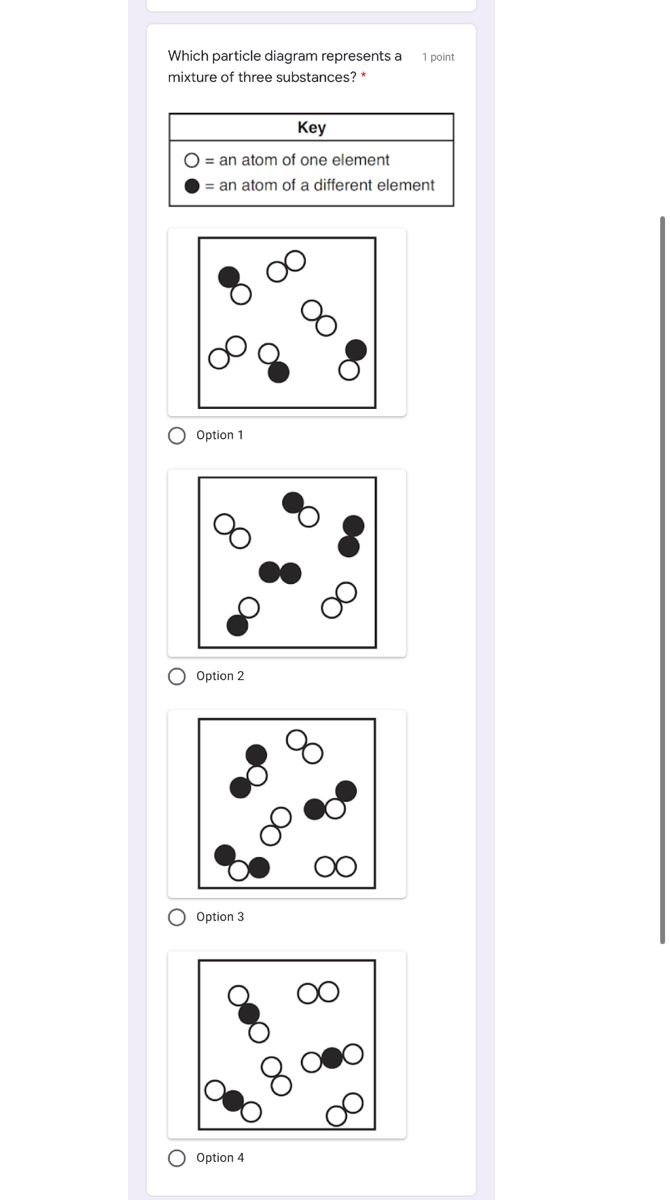






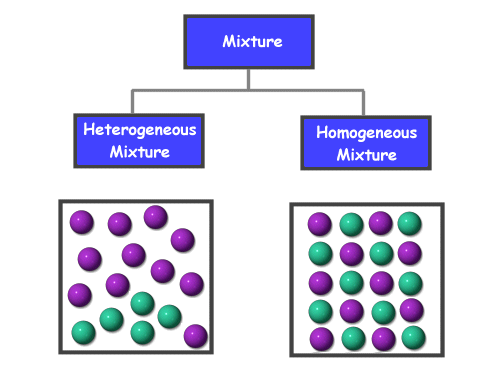
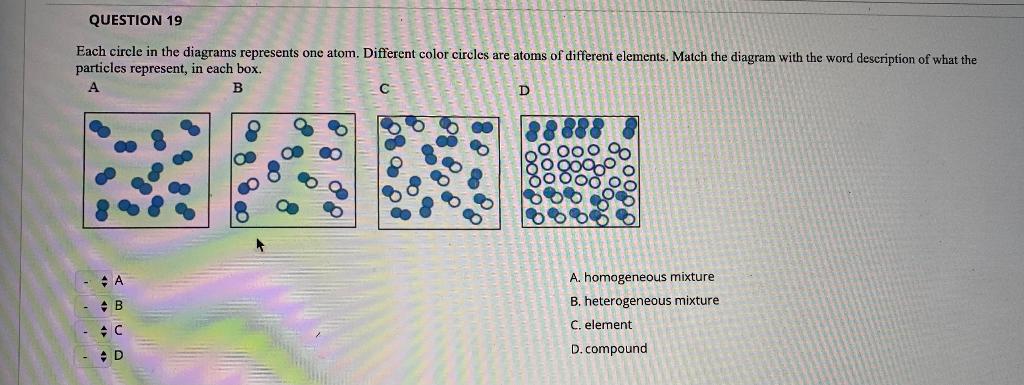

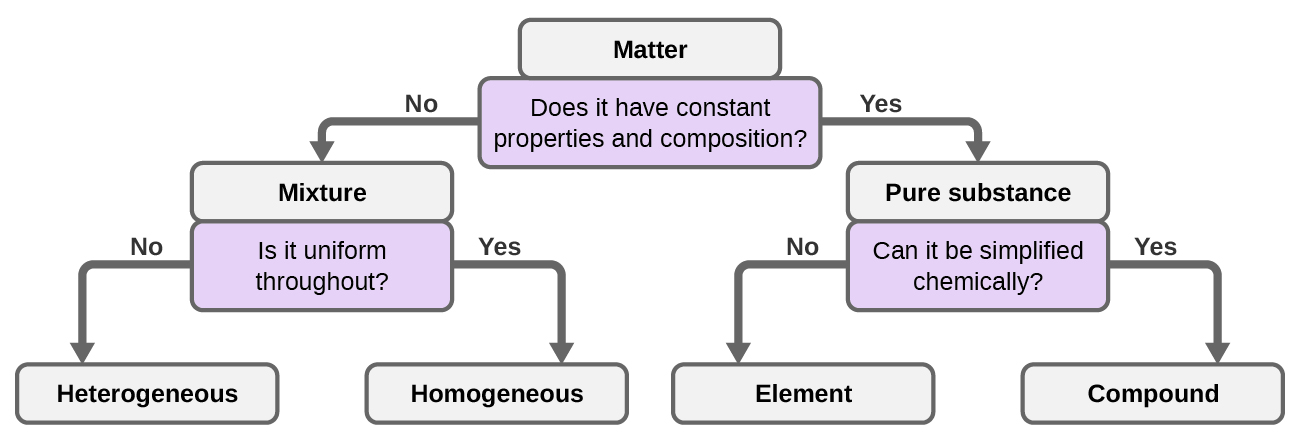

0 Response to "41 homogeneous mixture particle diagram"
Post a Comment